KUALA LUMPUR, July 15 — A boom is forming in the senior care facilities in Malaysia and keeping pace with its transformation into an aged nation, including a proliferation of high-end centres that offer resort-style living for residents.
According to the Department of Statistics Malaysia (DOSM), there will be nearly six million Malaysians aged 60 and older by 2030 or around 15 per cent of the population then.
Even now, however, centres have already been launch in anticipation of the rapid growth in this potentially lucrative segment.
“Back then, we were the only one, and another opened up about six months after us,” Total Investment Sdn Bhd executive director John Chong told Malay Mail. The firm is the developer of GreenAcres, a retirement village in Ipoh, Perak.
“When we entered into the market, it was very quiet. We launched in 2017, and I would say that the boom of senior living centres like us is just picking up now.”
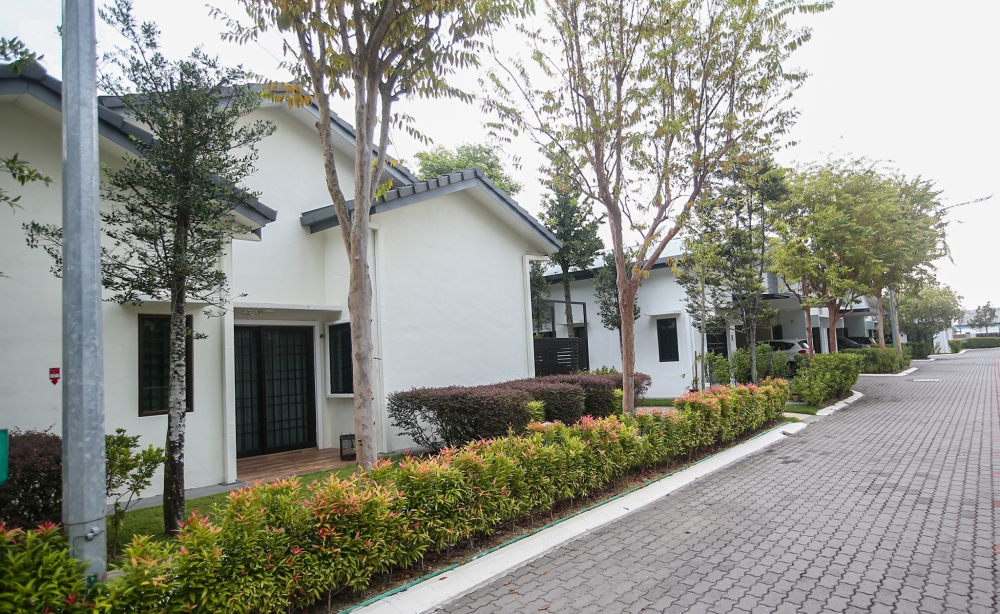
Due to the novelty of the segment, however, there are no official data tracking their growth but their visibility has been increasing due in part to new launches as well as greater promotion.
Chong said they introduced their modern senior care centre after they found none in Malaysia that offered the level of service and care they had observed in countries such as Australia.
Unlike existing senior living centres, or conventionally known as “old folks home”, GreenAcres was designed as a retirement village with villa unit concept.
“Think of it as you leasing a property with us, while in other senior living centres, it is similar to renting a unit. That’s how GreenAcres works,” Chong said.
At the centre of the concept is a healthy living senior community. Chong said they only accept seniors who are still mobile, independent but are looking to retire in a setting that they have the daily necessities taken care of for them.
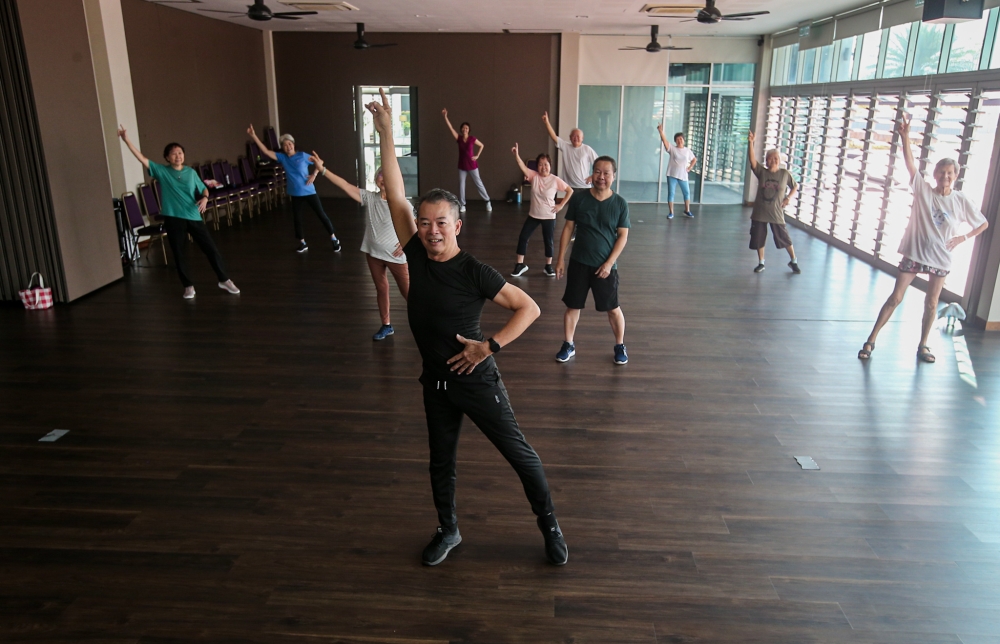
“What we aim to do here is to keep our seniors healthy, to prolong that health lifestyle for as long as possible, so here we are in a way setting up a community for the seniors whereby activities and daily routine exercises are all senior-friendly.
“The community that we are trying to create is one that you go to when you are at a retiree age, while you are still mobile and active, but perhaps you want to enjoy leisure time without the worry of having to upkeep a piece of property even if it’s a landed house it could be quite exhausting as a person ages,” he said.
Chong said the concept was still novel in Malaysia but was fast catching on.
Still getting used to the notion
Pacific Senior Living Sdn Bhd chief executive officer and director of health services Dr Ramnan Jeyasingam was another who noted the unfamiliarity here with this modern vision of premium senior living facilities.
Pacific Senior Living is among the newer players in the industry, and opened its Acacia facility to the public last November.
“The idea of moving into a centre and calling it home is still new to most of our seniors here in Malaysia, but as we observe seniors who lived here since our opening, and speaking to their children, it showed us that Malaysian’s mindset is gradually changing and they are starting to be more opened towards centres like this,” he said.
“So before we had opened to the mass, we had a few seniors who came in for short stays to experience the facilities and then later decide if they would like to stay for long term.
“We also have some residents who moved from other centres to us, as they saw the type of facilities they need and they could find it here,” he said.
Still, Dr Ramnan was confident in the industry’s trajectory given Malaysia’s steady march towards aged nation status.
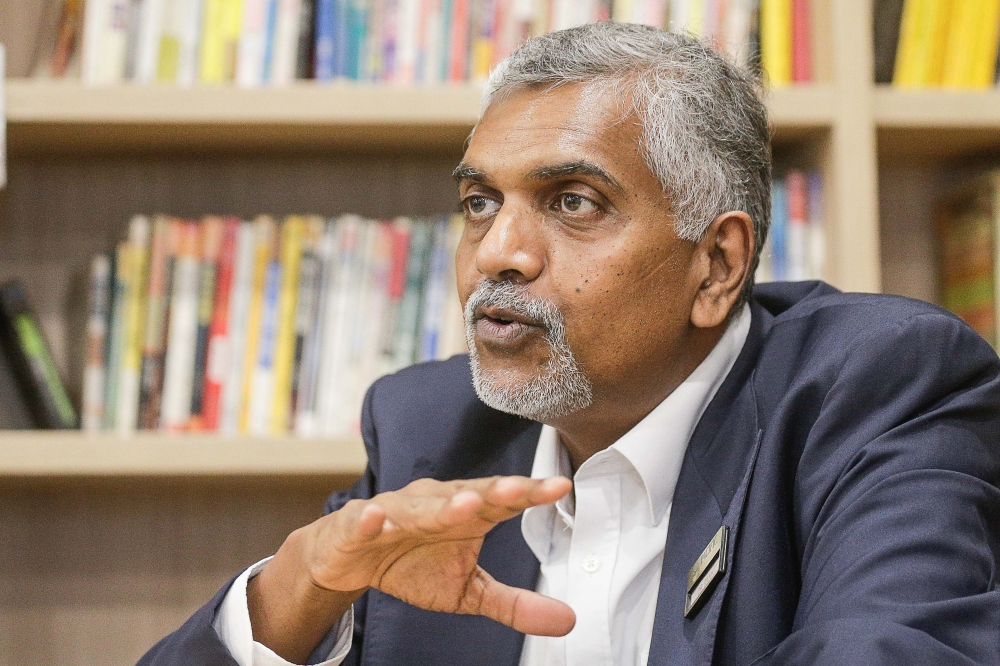
He said Pacific Senior Living is already at growing Acacia even though there was still room in the 136-pax facility and possibly adding more centres in other locations.
“Yes we are looking at expansion, but there are a lot of things to look at as we are looking at expansion in other parts of the country and not just focused in Klang Valley.
“So each centre, its location will depend on where there are seniors who need it, and the surroundings of the location is important to ensure that we are near necessities such as the hospital, places of worship, food and other amenities,” Dr Ramnan said.
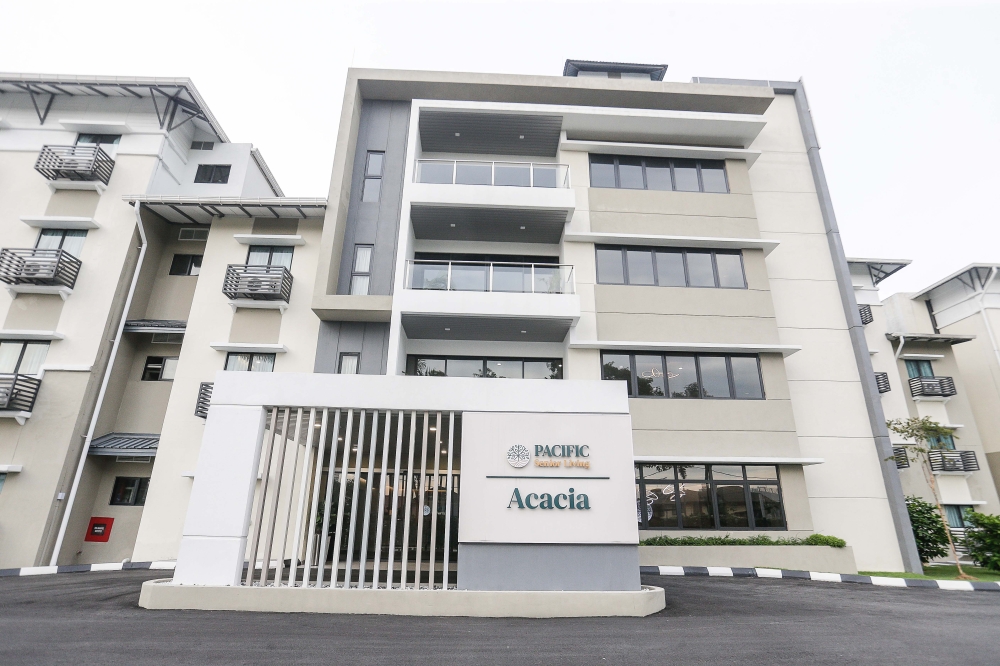
According to GreenAcres’ Chong, the number of such facilities may not be enough given how soon Malaysia is expected to reach aged nation status.
He also predicted that more such centres would appear in the coming years as the concept becomes more familiar in the country.
“That said we still need a lot of education on this to remove certain misconceptions and how such centres are acceptable to the society abroad decades ago, it isn’t something new globally,” Chong said.
Some such as Sunway Sanctuary position themselves as holistic option, touting its proximity to the group’s other products such as Sunway Medical Centre, Sunway Pyramid mall, Sunway Lagoon Theme Park and several others.
Sunway Sanctuary general manager Leonard Theng Boon Liang said the goal was for residents to thrive rather than simply seeing out their days.
“We want to encourage more seniors to build a healthy lifestyle, to remind them that even as they age, they have an option and opportunity to live healthily.
“So in this context, what we want to do is to create an environment that would make available better choices leading to healthy living,” Theng said in an interview.
On expansion plans, Theng said the firm was bullish but not in a hurry.
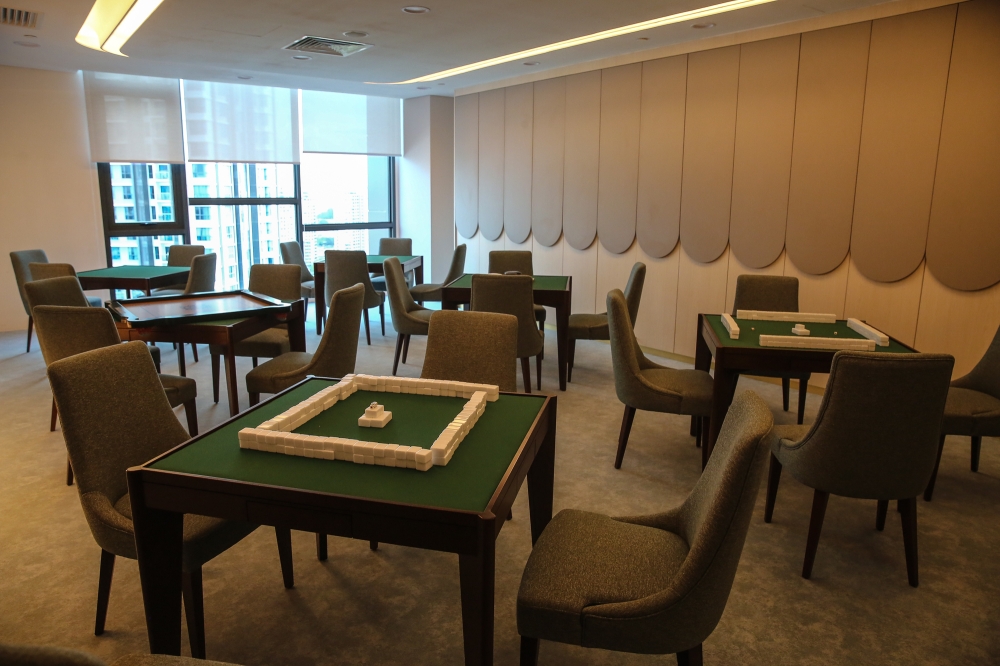
Legal framework needed
Despite the industry’s growth so far, Chong and Dr Ramnan both said the authorities could still help by enforcing the Private Aged Healthcare Facilities and Services Act 2018.
Among others, the Act includes regulations for both residential and day care facilities, application for approval to provide private aged healthcare facilities and services, licence for the operation of private aged healthcare facilities and duties of the licensed operator, among others.
The delay in implementing the law meant that care providers were still working around the Care Centres Act 1993 that was more generic as it covers services ranging from child care to rehabilitative care to homes for the aged.
“We need to know what is in the law so that we can make improvements where needed,” Chong said.



















